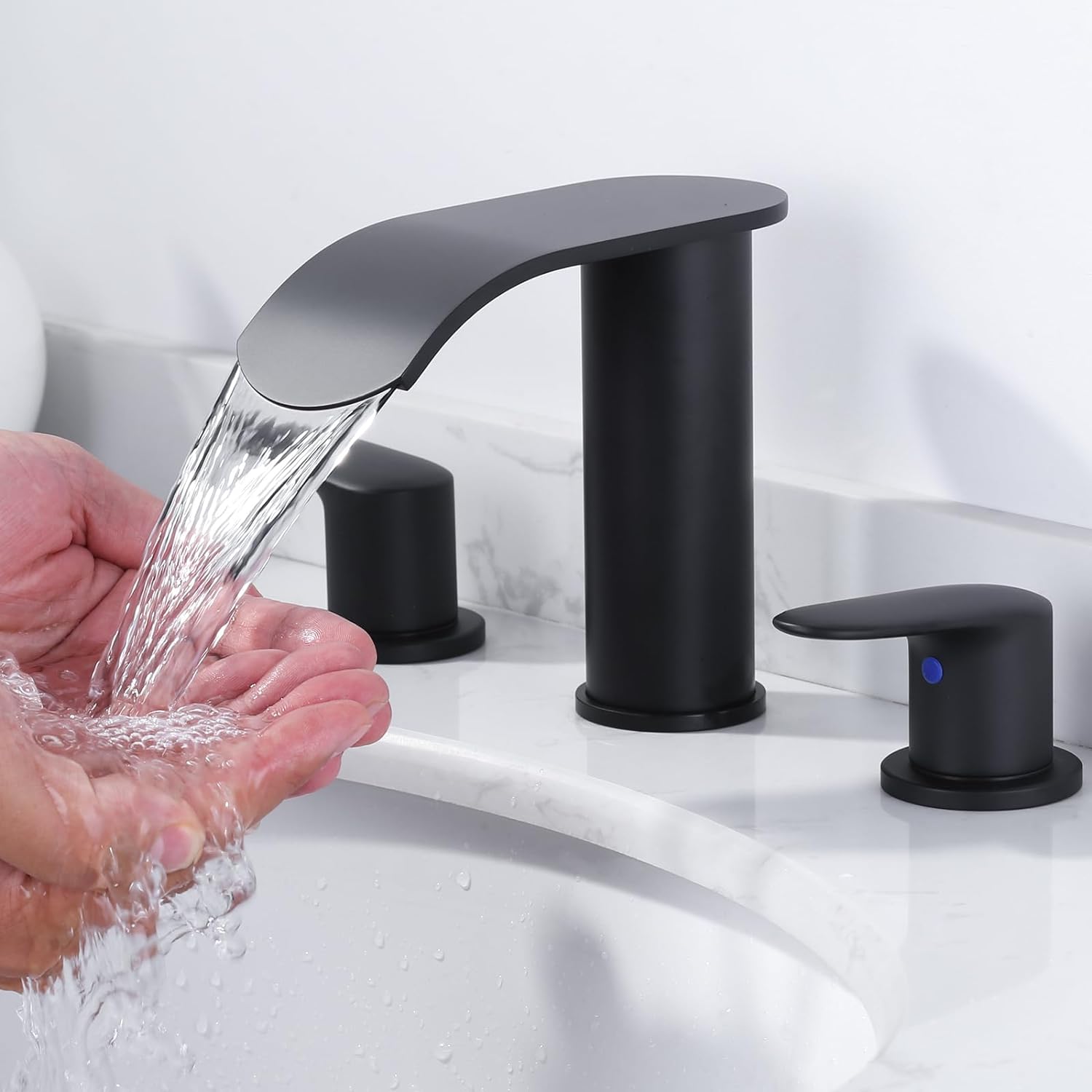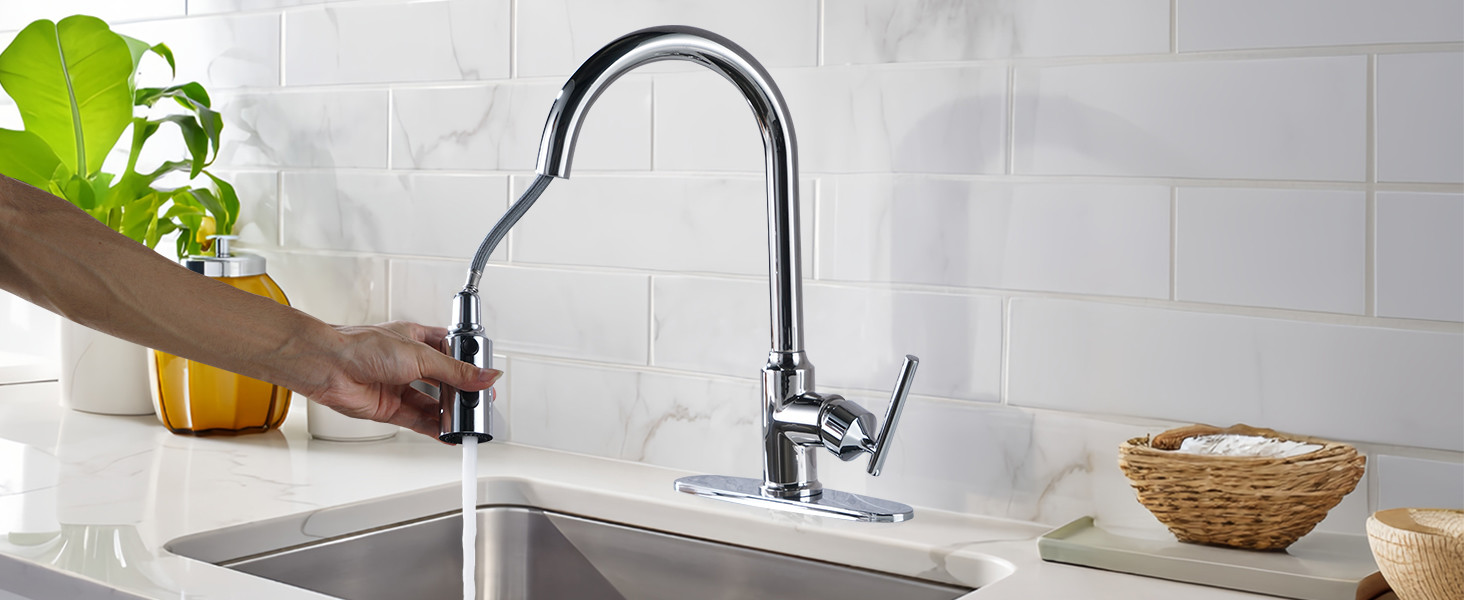
Clean and safe drinking water is a priority for any household, and installing a water filter system in your faucet is an excellent way to ensure that your family has access to purified water. Whether you’re concerned about chlorine, lead, or other contaminants in your tap water, adding a filter to your faucet can significantly improve the taste and quality of the water you drink. In this guide, we’ll walk you through the process of installing a water filter system in your faucet, covering everything from choosing the right filter to the tools you’ll need for the installation.
How to Install a Water Filter System in Your Faucet
Step 1: Choose the Right Water Filter for Your Faucet
Before you start the installation process, you need to select the right water filter system for your faucet. There are several options available on the market, each designed to address different types of contaminants. Here are the most common types of faucet water filters:
- Activated Carbon Filters: These are the most common type of faucet water filters. They work by adsorbing contaminants like chlorine, sediment, and volatile organic compounds (VOCs), improving the taste and smell of your water.
- Reverse Osmosis Filters: Reverse osmosis (RO) filters use a semipermeable membrane to remove a wide range of contaminants, including lead, arsenic, and nitrates. RO systems usually involve a more complex setup but provide highly purified water.
- Ultraviolet (UV) Filters: UV filters use ultraviolet light to disinfect water by killing bacteria, viruses, and other pathogens. They are ideal for households concerned about microbial contamination.
- Multi-Stage Filters: Some filters combine multiple filtration methods, such as activated carbon, reverse osmosis, and UV light, to provide comprehensive purification. These systems are often more expensive but offer superior filtration.
When choosing a filter, make sure to consider the contaminants you want to remove, your budget, and the type of faucet you have (whether it’s standard or specialized). Many water filter systems come with a compatibility chart to help you select the right model.
Step 2: Gather the Necessary Tools
Installing a faucet-mounted water filter is typically a straightforward DIY project, but you’ll need a few basic tools to get the job done. Here’s what you’ll need:
- Faucet filter system (Make sure it’s compatible with your faucet)
- Adjustable wrench
- Pliers
- Towel or rag (for cleaning up any water spills)
- Teflon tape (optional, for sealing threads)
Most faucet filter systems come with instructions and the necessary hardware for installation, including adapter pieces for different faucet sizes.
Step 3: Turn Off the Water Supply
Before you begin installing the filter, it’s essential to turn off the water supply to your faucet. While installing a faucet filter is relatively simple, there’s always a chance you may spill some water during the process, so it’s best to err on the side of caution. Look for the shut-off valve under the sink and turn it clockwise to stop the water flow.
Step 4: Remove the Faucet Aerator
The aerator is the small mesh screen located at the end of the faucet spout. You’ll need to remove it to install the water filter system. To do this:
- Use your fingers or a pair of pliers to unscrew the aerator. Turn it counterclockwise to loosen it.
- Set the aerator aside, as it may need to be reinstalled later, depending on the design of the filter system.
Some filters replace the aerator, while others fit over it, so check your filter system’s instructions to determine whether you need to keep it or discard it.
Step 5: Attach the Water Filter System
Once the aerator is removed, it’s time to attach the water filter system to your faucet. Follow these steps:
- Attach the adapter: Most faucet filters come with an adapter that allows you to connect the filter to your faucet. If your faucet has non-standard threading, the filter system should come with a variety of adapters to fit different faucet sizes. Screw the appropriate adapter onto the faucet spout. Use an adjustable wrench to tighten it gently, but be careful not to overtighten, as this can cause damage.
- Install the filter: Once the adapter is securely in place, take the filter system and screw it onto the adapter. Depending on the model, you may need to twist it on or click it into place. Follow the manufacturer’s instructions to ensure proper installation.
- Check for leaks: Once the filter is attached, turn the water supply back on and check for any leaks around the filter or the adapter. If you notice any drips, use pliers to tighten the connections slightly. If necessary, wrap the threads of the faucet or adapter with Teflon tape to create a better seal.
Step 6: Test the System
After securing the filter in place, it’s time to test the system to ensure it’s functioning properly:
- Run the water: Turn on the faucet and let the water run for a few seconds to flush out any carbon dust or other debris that may be present in the filter. It’s common for new filters to have a small amount of dust or particles that need to be flushed out before use.
- Check the water quality: Test the water for taste and clarity. If your filter is working correctly, the water should taste cleaner and fresher. If the filter includes a cartridge or a special filtration stage (such as reverse osmosis), the water may take a few minutes to fully purify.
Step 7: Maintain the Filter
To keep your water filter system functioning at its best, it’s essential to maintain it regularly. Here are a few tips for ongoing care:
- Replace the filter cartridge: Depending on the type of filter, you may need to replace the filter cartridge every few months or after a certain volume of water has been filtered. Check the manufacturer’s guidelines for recommended replacement intervals.
- Clean the filter: Some filters may require periodic cleaning to prevent clogging and maintain optimal performance. Use a soft cloth or sponge to clean the exterior of the filter and remove any mineral buildup.
- Inspect for leaks: Regularly check the connections for leaks, especially if you notice a drop in water pressure or a strange taste in the water.
Conclusion
Installing a water filter system in your faucet is a simple and effective way to improve the quality of your tap water. By following the steps outlined above, you can have clean, purified water right at your fingertips. Remember to choose the right filter for your needs, gather the necessary tools, and follow the manufacturer’s instructions to ensure a smooth installation. With regular maintenance, your faucet filter system will continue to provide safe, fresh water for you and your family.
 WOWOW Faucets
WOWOW Faucets






您好!Please sign in